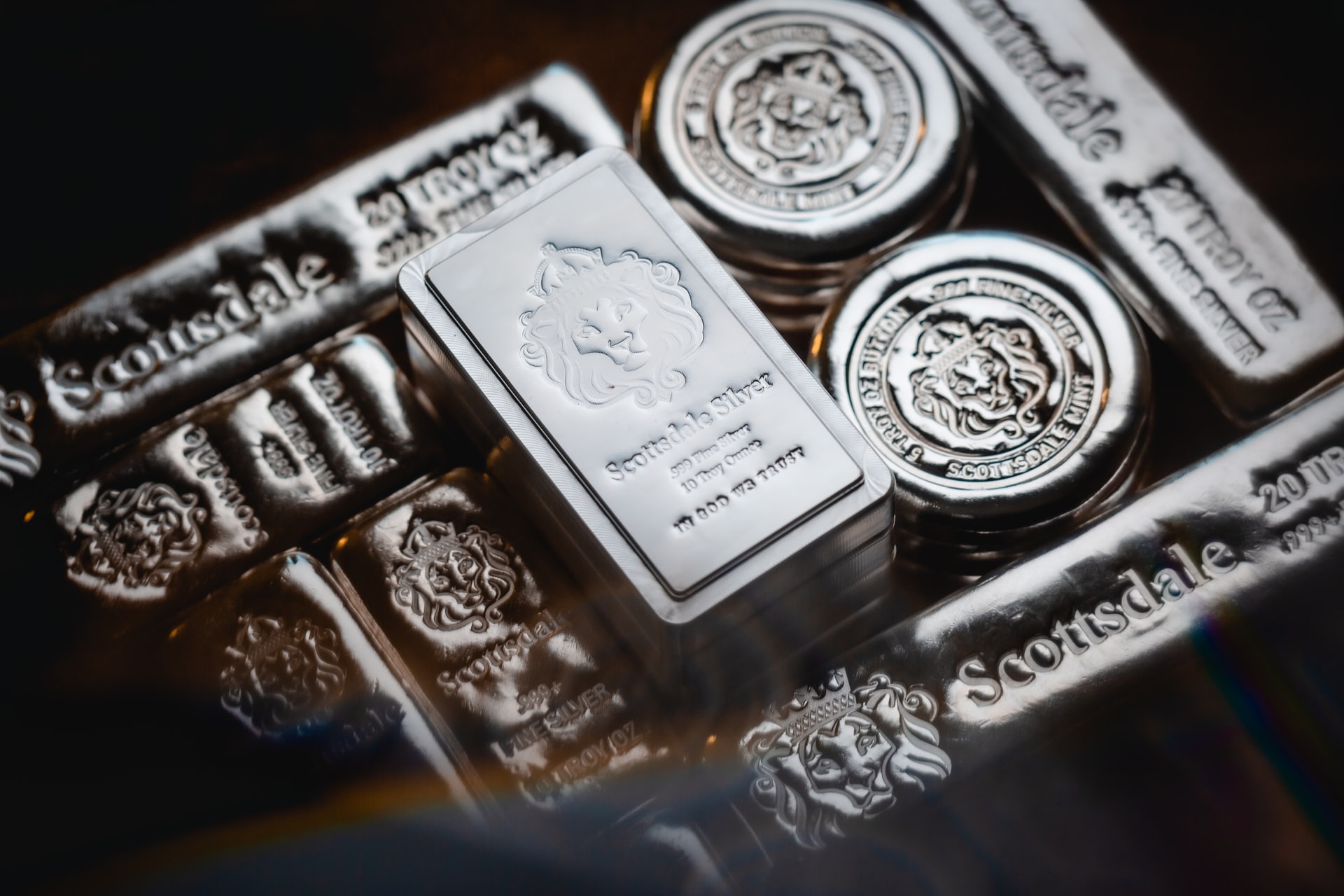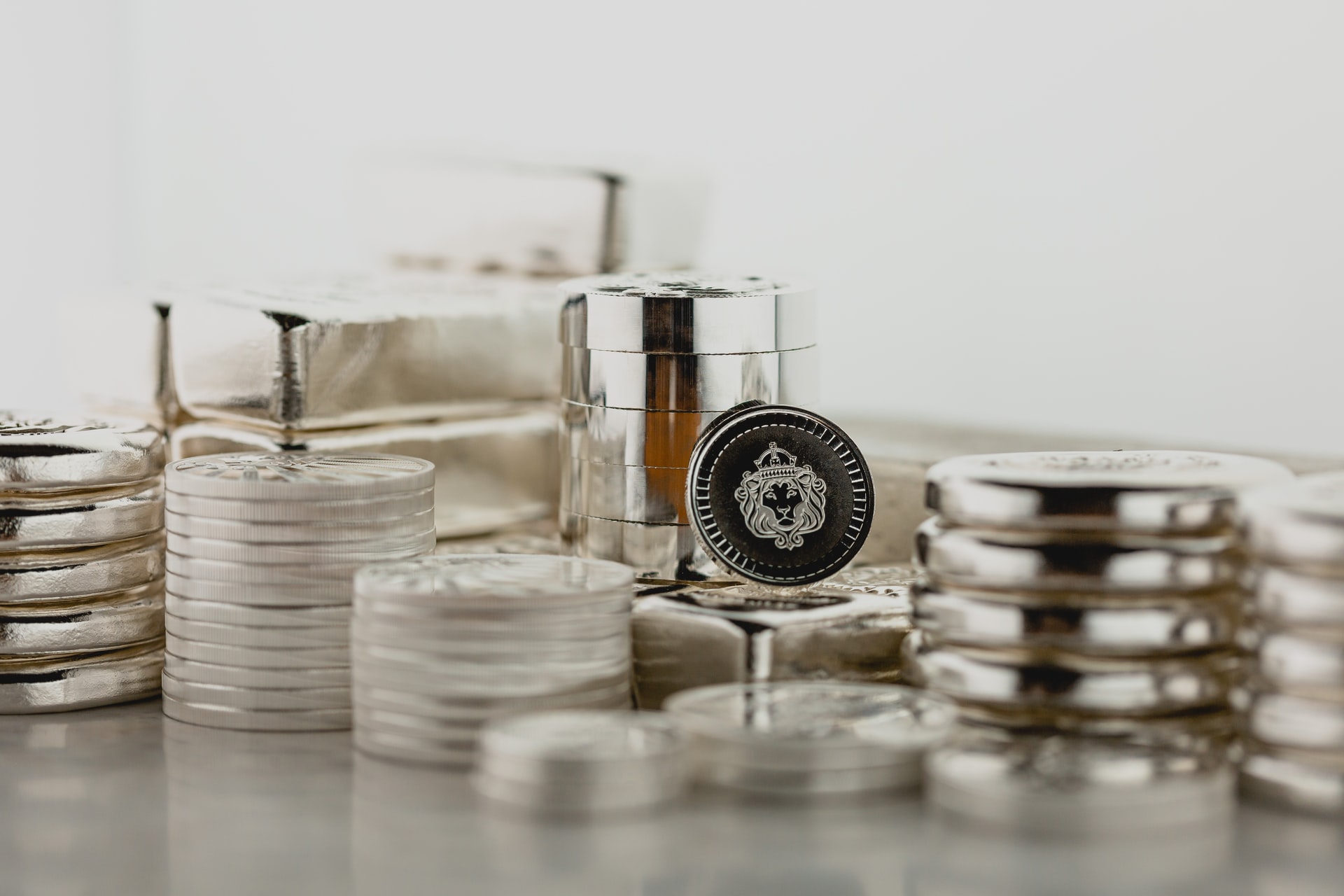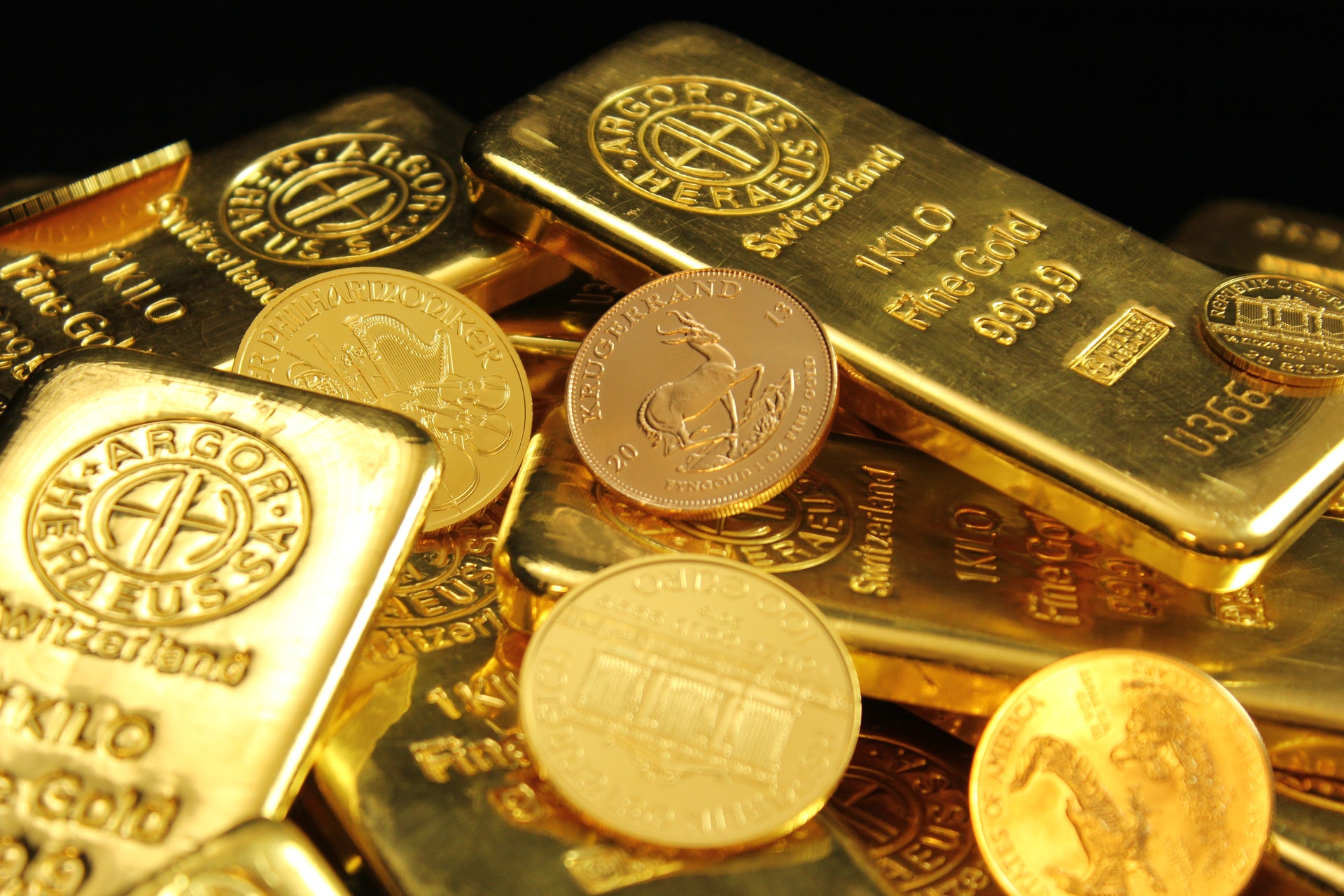How Precious Metals Have Performed During Pandemic

In the present dubious market, business visionaries and entrepreneurs are beginning to focus on precious metals as a place of refuge in their venture portfolios. Gold and silver resources ended up being judicious monetary interests in a year that ended up being more turbulent and problematic than anybody might have anticipated.
Try not to carelessly trust me. Simply check the numbers out. Silver’s year-to-date (YTD) gains sit at around 44.6% at the hour of composing, and gold is up 23.8%. Indeed, even the U.S. values market, what cushioned all-time highs this fall, is just up 14.6% by correlation.
Cost development across precious metals can be made sense of by two essential powers. In the first place, risk-loath financial backers are rushing to gold and silver as a protected, downturn resistant store of significant worth. The subsequent variable is worldwide stockpile disturbances welcomed by the Covid-19 pandemic.
Assuming you’re a business person searching for openness to generally okay resource classes, right now is an ideal opportunity to consider precious metals contributing. As the organizer behind an internet based elective resource organization, I’ve assisted incalculable worldwide clients with doing only that this year. Until this point, the outcomes have been incredibly certain. I’ll recap exactly how incredible 2020 was for precious metals and offer my viewpoint on the available climate for this new year.
For What Reason Should Entrepreneurs Care?
Gold and silver are strong fences against fundamental gamble and vulnerability in monetary business sectors. By and large, when worldwide values decrease in esteem, the costs of gold and silver pass better. This was valid during the website air pocket of the mid 2000s, the worldwide monetary emergency of 2008 and presently again during the 2020 Covid downturn.
In the period from October 9, 2007, to October 1, 2010, during the level of the monetary emergency, the cost of gold rose by 78.9%, while the S&P 500 fell by 20.1%. The beginning phases of the Covid pandemic, between December 1, 2019, and March 1, 2020, saw gold rise by 7.6% while the financial exchange sank 19.8%.
As the Fed cut the government support rate in light of the monetary slump, abundance began to leave the securities exchange and channel into gold. This supports market chance and expansion risk as quantitative facilitating (QE) and absolute bottom loan fees flood the cash supply and, over the long haul, can prompt higher expansion.
The fact is, downturns and the reactions of sovereign state run administrations can unleash destruction on the worth of your stocks as well as your money. To endure the hardship in the long haul, gold has a history of holding its worth after some time and can give your business liquidity when it needs it the most.
Gold In Review: Eclipsing Another All-Time High
The cost of gold arrived at its most elevated point on August 7, 2020, when it exchanged for $2,067 per official ounce. Albeit gold has at present chilled off to the high $1,800s, it’s up essentially from its initial cost on the principal day of the year, when it exchanged at $1,519 per ounce.
In spite of a brief decrease in esteem in mid-March, gold consistently moved through the primary portion of 2020 as financial backers looked for strength beyond the value market. A few jumbling factors played into the positive cost development for gold in 2020, including:
• Exchange strains between the U.S. furthermore, China.
• Worldwide store network interruptions.
• Public obligation ascending to remarkably undeniable levels.
• Unsteadiness in the U.S. values market.
• Political turmoil and vulnerability in the U.S.
• Discouraged pre-Covid-19 item costs.
Prominently, worldwide interest for gold sits at its most reduced level since Q3 2009. This demonstrates that supply-side variables welcomed by the continuous pandemic have affected gold’s cost energy. Should fabricating action expand in 2021 with the far and wide dissemination of the Moderna and Pfizer/BioNTech antibodies, it makes sense that modern interest for gold will increase in sync and push the worth of the product higher.
Silver: A Red Hot Rally In 2020
Silver costs hit a seven-year high when they penetrated $29.14 an ounce toward the beginning of August. Interestingly, with gold, actual silver interest is up 65% through the initial 3/4 of 2020.
Most importantly, disturbed silver mining tasks have added to $8.8 billion in misfortunes in precious metals yield in the primary portion of 2020 alone. The conclusion of mining activities particularly influences silver, which saw 101 mines screen because of the Covid-19 pandemic.
Generally, silver is ready for its most grounded year-over-year gains starting around 2013, as per a November report from the Silver Institute. Like gold, expansionary money related arrangement has additionally been answerable for quite a bit of silver’s development, and further financial improvement in the new year is probably going to keep applying up cost tension on silver.
Value Positivity Ahead For Precious Metals In Coming Years
A portion of the world’s greatest monetary establishments are taking long situations in precious metals, including Warren Buffett’s and Ray Dalio’s organizations. Notwithstanding going through cost redresses in Q3, precious metals hope to convey their vertical energy forward in the midst of expanded national bank liquidity, almost zero bureaucratic rates and government boost in the new year.
The transient ascent of gold and silver in 2020 was encouraged by vulnerability in conventional monetary business sectors. Large numbers of those elements actually remain today. This is particularly valid for silver, whose market cost will lopsidedly profit from an increase in modern assembling in the year ahead.
Worldwide obligation levels presently outperform $255 trillion. Upset public monetary records mirror the requirement for sound cash and safe stores of significant worth, the two of which gold and silver have a past filled with giving.
As of now, all signs highlight a proceeding, however more humble, bull run for precious metals in the year ahead. Clever business people would do well to consider adding them to their venture portfolios to fence against financial and market gambles.

